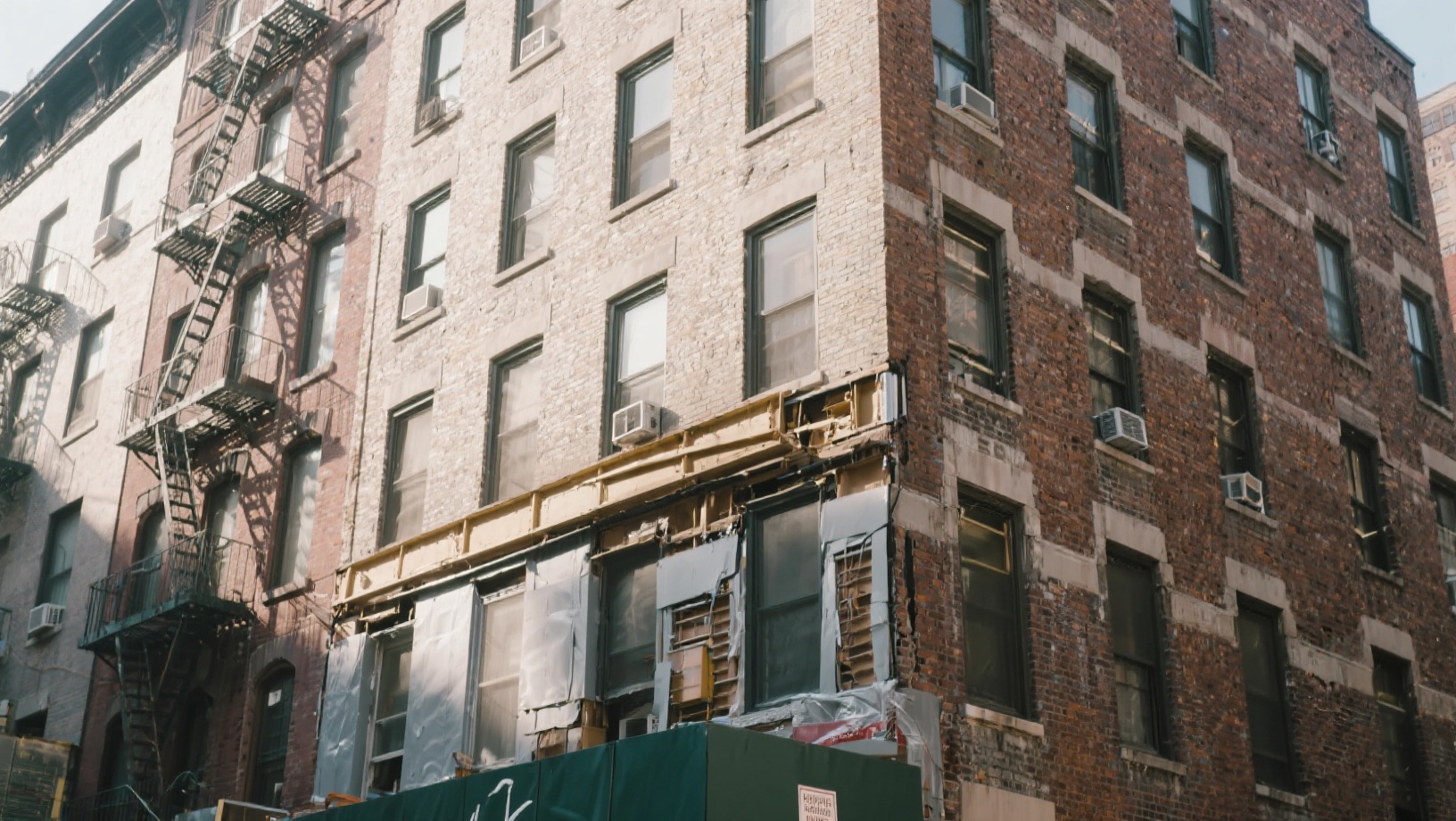Why is lead and asbestos abatement in New York still necessary today?
New York is filled with historic and pre-war buildings—many of which were constructed at a time when lead-based paint and asbestos-containing materials were considered standard. While these materials may be safe when undisturbed, the moment they begin to deteriorate or are disrupted during renovations, they become a health hazard.
Lead and asbestos abatement in New York remains essential due to the aging building stock, frequent renovations, and legal requirements aimed at protecting public health.
What exactly is involved in the abatement process?
Lead and asbestos abatement isn’t just a cleanup—it’s a regulated, step-by-step removal and containment process. All procedures must follow local, state, and federal guidelines to ensure safety for occupants, workers, and surrounding areas.
The general process includes:
- Site inspection and testing – Licensed professionals identify affected materials
- Permit acquisition and regulatory planning
- Containment setup – HEPA filtration, sealed areas, and negative pressure zones
- Removal or encapsulation – Depending on the material’s condition and location
- Decontamination and air clearance testing
- Documentation and certification of a safe, compliant environment
DIY removal is not only dangerous—it’s illegal in most cases. Only certified firms can legally provide lead and asbestos abatement in New York.
What are the health risks associated with exposure?
Both lead and asbestos exposure carry significant health risks. Children and elderly individuals are especially vulnerable, but even healthy adults can be affected with prolonged exposure.
Lead risks include:
- Neurological damage and developmental delays in children
- Behavioral and learning problems
- High blood pressure and kidney damage in adults
Asbestos exposure can lead to:
- Chronic respiratory issues
- Asbestosis (scarring of lung tissue)
- Mesothelioma and lung cancer
If your property tests positive for either substance, professional lead and asbestos abatement in New York becomes a top priority—not just for compliance, but for your health.
When is abatement required during construction or renovations?
In New York, building permits for renovations or demolitions often require proof that the structure has been tested and, if needed, abated. If your project involves disturbing walls, ceilings, or floors in older buildings, state law mandates testing and abatement first.
Common scenarios that require abatement:
- Pre-1980 buildings being renovated or sold
- Multi-unit residential properties with young children
- Buildings undergoing demolition
- Tenant complaints of flaking paint or dust
Why choose a licensed contractor for lead and asbestos abatement in New York?
Handling hazardous materials like asbestos and lead without the proper training and tools is not just dangerous—it’s a legal liability. Only trained, certified professionals are qualified to conduct lead and asbestos abatement in New York safely and legally.
At Advanced Disaster Recovery Inc., we offer:
- EPA and OSHA-certified technicians
- Detailed site assessments and lab testing
- Safe containment and removal using industry-best practices
- Compliance with all NYC and NYS regulations
- Complete project documentation for resale or inspection purposes
Don’t have time to manage it yourself? Let Advanced DRI handle everything.
Managing permits, inspections, and health risks is a lot to take on—especially when time is tight. That’s why we provide end-to-end services, from site inspection to final air quality clearance.
Whether you’re renovating a brownstone in Brooklyn, managing an apartment in the Bronx, or overseeing a commercial retrofit in Manhattan, **Advanced Disaster Recovery Inc. will handle your lead and asbestos abatement in New York professionally and efficiently**.
We’re here to ensure your building is not only beautiful—but also safe, compliant, and healthy for everyone inside.

